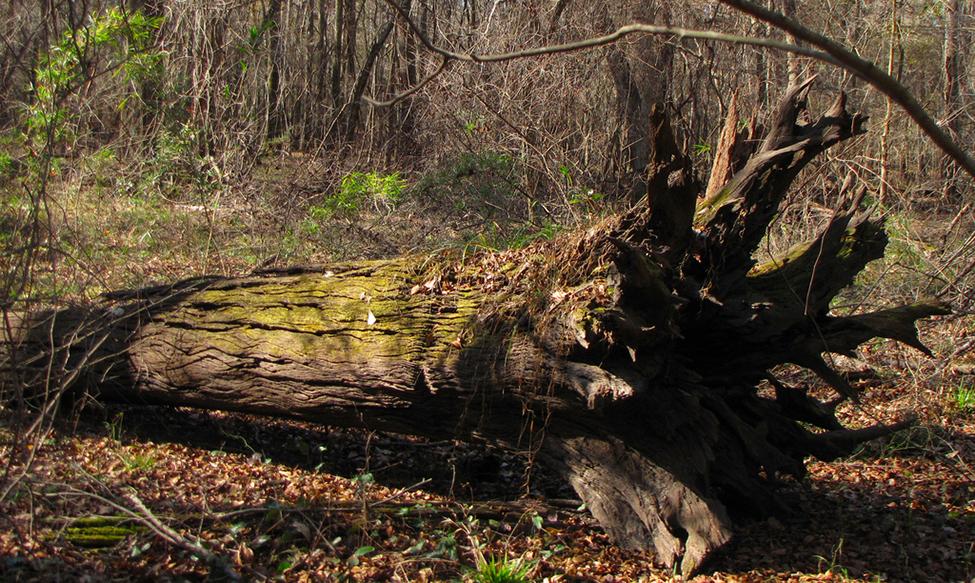Introduction
Chapter Outline
A Tree Falling in the Forest Does Make a Sound
If a tree falls in a forest (see Figure 14.1) and no one is there to hear it, does it make a sound? The answer to this old philosophical question depends on how you define sound. If sound only exists when someone is around to perceive it, then the falling tree produced no sound. However, in physics, we know that colliding objects can disturb the air, water or other matter surrounding them. As a result of the collision, the surrounding particles of matter began vibrating in a wave-like fashion. This is a sound wave. Consequently, if a tree collided with another object in space, no one would hear it, because no sound would be produced. This is because, in space, there is no air, water or other matter to be disturbed and produce sound waves. In this chapter, we’ll learn more about the wave properties of sound, and explore hearing, as well as some special uses for sound.

